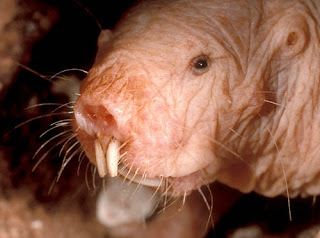 We've moved! Visit us at www.scienceinseconds.com
We've moved! Visit us at www.scienceinseconds.comJust when you think you can scientifically explain paranormal activity, the ghost in the machine messes it all up.
A team of psychological researchers led by Christopher French constructed a scientifically haunted house - but there were no cheesy sound effects and no fake chainsaw-wielding murderers jumping out at you. This haunted house was a canvas tent set up in the front room of a London row house.
In one area, a speaker emitted sound waves below the level of human hearing, called infrasound waves. Such waves have been detected at classically haunted sites, such as Coventry Cathedral. Two other speakers set in different areas of the tent emitted electromagnetic waves of a very particular frequency, also associated with ghostly encounters.
The researchers were hoping that paranormal experiences would be induced in those spaces with speakers and not in the area without speakers, supporting a scientific explanation for the supernatural.
The results were positive on one hand - more than 75% of subjects reported having strange feelings in the room. There were descriptions of tingling sensations, disembodiment, dizziness, and even a few reports of sexual arousal. Freaks.
However, the results also showed that the location in the room had nothing to do with whether they felt weird. The only statistically significant correlation linked those with a history of such experiences to the paranormal phenomena.
These results can support either side of the argument - you could say that ghosts are real entities "summoned" by electromagnetic and infrasound waves, and these people are receptive individuals.
Or, you could say ghosts are not real, the waves cause the brain to do funny things, and while these people honestly believe they are being haunted, they are only victims of the power of suggestion.
Which sounds to me exactly what a ghost would WANT you to think.
~Rheanna Sand










